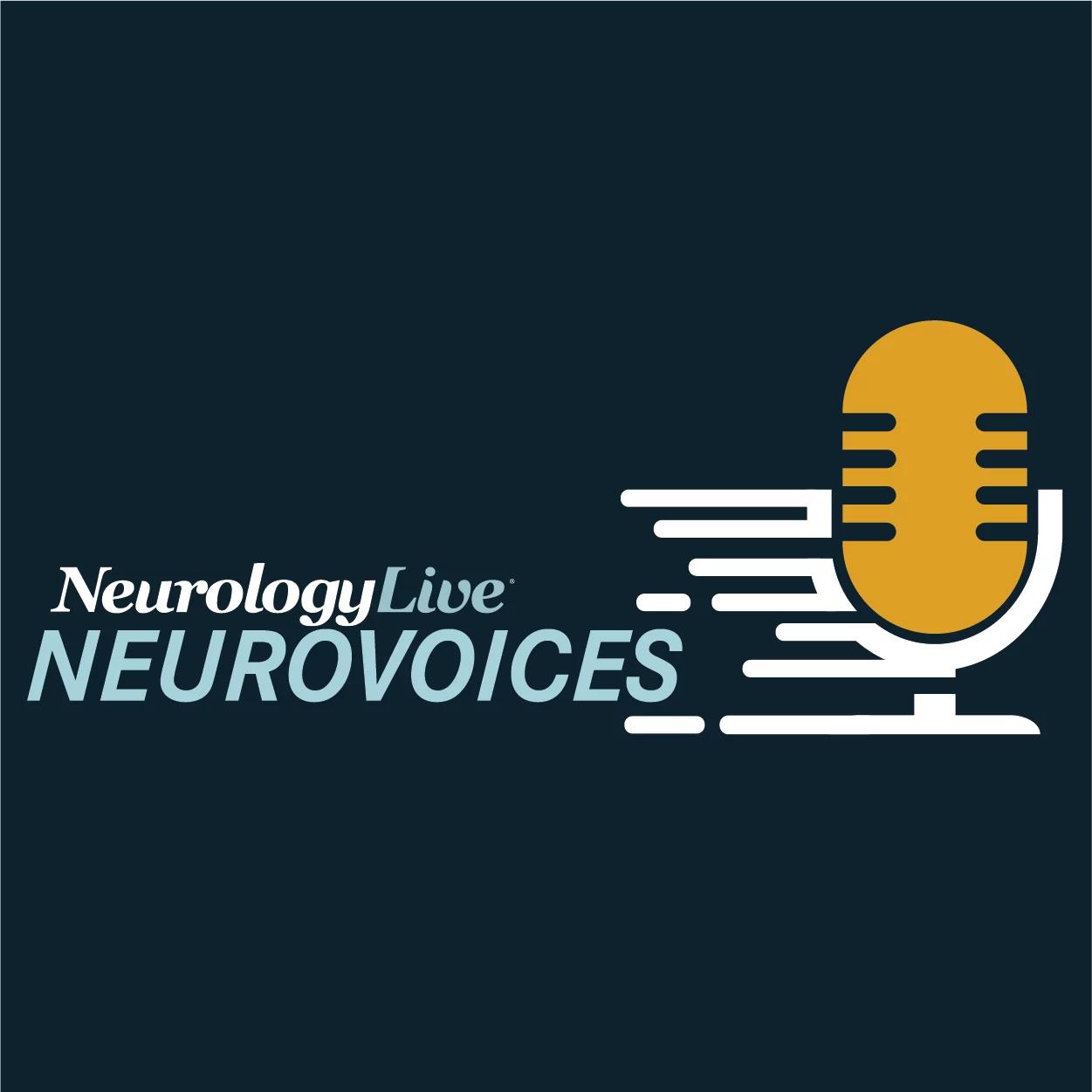News
Article
New Open-Label Data Highlights Therapeutic Potential of Bexicaserin in Developmental and Epileptic Encephalopathies
Author(s):
Key Takeaways
- Bexicaserin showed a 59.3% median reduction in motor seizures over 12 months in DEE patients, with consistent results across initial treatment groups.
- The drug exhibited a favorable safety profile, with common adverse events including respiratory infections, decreased appetite, and lethargy.
Over a 52-week treatment period, patients who continued on bexicaserin and those who switched from placebo demonstrated notable decreases in motor seizures, further supporting the agent’s development.
Johan Luthman

Newly announced 12-month data from the phase 1b/2a PACIFIC trial showed that treatment with investigational bexicaserin (Lundbeck) resulted in significant reductions in countable motor seizures in patients with developmental and epileptic encephalopathies (DEEs).1
The PACIFIC OLE was a 52-week, phase 2, open-label, long-term safety study of bexicaserin in patients with a range of DEEs, including Dravet syndrome (n = 3), Lennox-Gastaut syndrome (n = 20), and DEE other (n = 18), who completed the original PACIFIC trial (n = 41). In the open-label extension (OLE) period, treatment with bexicaserin resulted in an overall median seizure reduction of 59.3% in countable motor seizures over the 12-month timeframe.
Among those who were originally randomized to bexicasein in the core PACIFIC trial that continued treatment in the OLE, the median seizure decrease was 60.4% (n = 31) in the OLE. Similarly, those randomized to the placebo group in the PACIFIC trial that transitioned to bexicaserin in the OLE demonstrated a median seizure decrease of 58.2% (n = 9) at 12 months.
"We are very pleased to observe a longer-term sustainable response, along with a favorable safety and tolerability profile over a 12-month period. These results further reinforce our confidence in bexicaserin's unique and potentially best-in-class profile,” Johan Luthman, executive vice president and head of Research & Development at Lundbeck, said in a statement.1 “Considering the significant unmet needs of patients with DEEs, we are encouraged by the long-term sustainability of bexicaserin treatment."
READ MORE: The Female Leaders Who Shaped an Epilepsy Icon: Reflections From Jacqueline A. French, MD
In terms of safety, the most common treatment emergent adverse events (AEs) in the overall group (n = 41) occurring in at least 5% of patients were upper respiratory tract infections, seizures, COVID-19, decreased appetite, lethargy, pyrexia, gait disturbance, gastroenteritis viral, pneumonia, sinusitis, vomiting, weight decreased, and rash. All PACIFIC trial completers chose to enroll in the OLE, with 92.7% (38 of 41) completing the 12-month period, while three participants discontinued due to lethargy, withdrawal of consent, or relocation.
Bexicaserin, originally developed by Longboard Pharmaceuticals before the company was acquired by Lundbeck, is currently being evaluated in a global phase 3 program called DEEp. One of the studies, DEEp SEA (NCT06660394), aims to include approximately 160 participants with DS aged 2 years of age and older who will undergo a 5-week screening period, 3-week dose titration phase, and a 12-week maintenance period. Following the maintenance period, eligible participants will have the opportunity to enroll in the 52-week DEEp Open-Label Extension.2
In the original PACIFIC trial, 52 participants aged 12-65 years old with a DEE diagnosis were included to evaluate the safety, tolerability, efficacy, and pharmacokinetics or oral bexicaserin in 3 doses (6 mg, 9 mg, and 12 mg) vs placebo. Following a 5-week screening period and baseline evaluations, study participants initiated a dose titration over a 15-day period and subsequently continued on the highest tolerated dose throughout the maintenance period of 60 days. Despite patients remaining on stable regimens of up to 4 antiseizure medications, treatment with bexicaserin led to a median 53.3% decrease in CMS (n = 35) compared with 20.8% for placebo (n = 9). Subgroup analysis revealed median motor seizure reductions of 72.1% in DS, 48.1% in LGS, and 61.2% in other DEEs, with placebo-adjusted reductions of 27.3% in LGS and 28.6% in other DEEs.3





